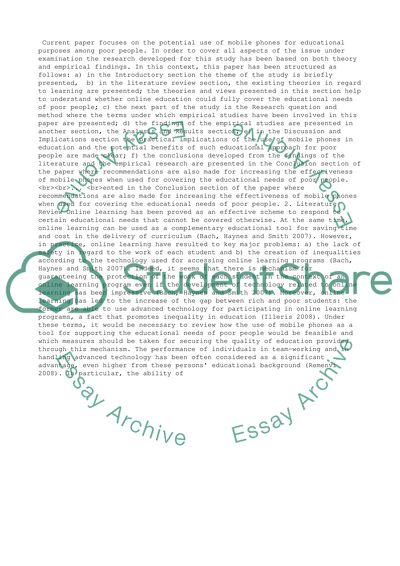Cite this document
(“Delivering Education To The Poor Via The Mobile Phone Essay”, n.d.)
Retrieved from https://studentshare.org/business/1404053-online-social-entrepreneurship
Retrieved from https://studentshare.org/business/1404053-online-social-entrepreneurship
(Delivering Education To The Poor Via The Mobile Phone Essay)
https://studentshare.org/business/1404053-online-social-entrepreneurship.
https://studentshare.org/business/1404053-online-social-entrepreneurship.
“Delivering Education To The Poor Via The Mobile Phone Essay”, n.d. https://studentshare.org/business/1404053-online-social-entrepreneurship.


